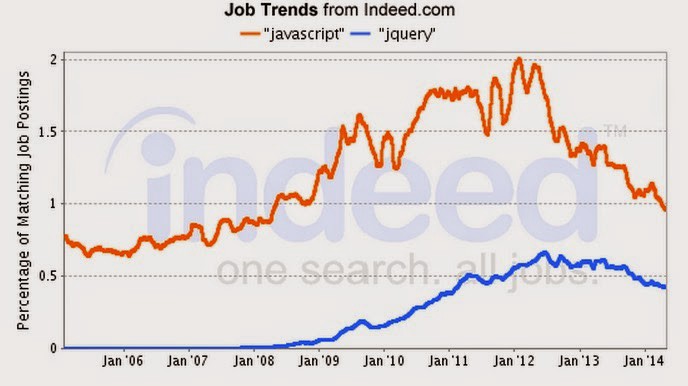

We’re getting more specific about how we think about successful performance and are focusing on three elements – not just the work you do on your own, but also how you leverage input and ideas from others, and what you contribute to others’ success – and how they add up to greater business impact. More emphasis on teamwork and collaboration.This change is an important step in continuing to create the best possible environment for our world-class talent to take on the toughest challenges and do world-changing work. We have taken feedback from thousands of employees over the past few years, we have reviewed numerous external programs and practices, and have sought to determine the best way to make sure our feedback mechanisms support our company goals and objectives. This is a fundamentally new approach to performance and development designed to promote new levels of teamwork and agility for breakthrough business impact. The changes we are making are important and necessary as we work to deliver innovation and value to customers through more connected engagement across the company. *Full disclosure – the author is a former Microsoft employee.I am pleased to announce that we are changing our performance review program to better align with the goals of our One Microsoft strategy.

Read the following Slate article to get the views of one former Microsoft manager, and why he thinks Steve Ballmer’s stack-ranking policy caused his eventual undoing, and how it stifled this once great company’s innovation. More importantly, they must lead to incentives, both positive and even negative, which encourage employee growth and performance. And whether or not your manager was ultimately satisfied with your eventual rank, he or she must justify it on your written performance review document and explain it as clearly as possible in your 1:1 review meeting.Įmployee review policies and procedures must be fair and equitable. There must be winners and losers.Ĭompounding this frequently painful process is the fact that in many larger organizations, stack-ranking may be taking place across related teams, such as combining computer programmers in different product development groups into a single ranking group. Workers are unfortunately resigned to lobbying for brownie points and subtly (or not so subtly) choreographing and positioning their personal vision of the final curve. The process simply cannot take place with employee involvement. This review procedure generally is not transparent to the employees, as management is more concerned with comparing worker performance than actually rating employees as individuals. Another consequence is the de facto incentive to join weaker groups, where you are more likely to be rated higher, discouraging employees from challenging themselves and striving for greater achievement. Like backstabbing, political maneuvering, peer resentment, etc. However, it also presents some unintended consequences. This competitive environment can certainly increase overall team performance. Stack-ranking does encourage fierce competition, as everyone wants to attain that coveted top % (which usually means the most financial rewards). Inevitably the bear will catch one unlucky soul while the others survive for another day. When running from the bear, you don’t need to outrun the bear, you just have to outrun everyone else. Everyone else just rides the wave.Ī former manager of mine compared stack-ranking to confronting a bear in the woods. There must always be a shining star and at least one also-ran. Worse yet, what if all reps had identical quota performance, and otherwise there was no discernible difference in their performance? The curve system mandates a top, middle, and bottom ranking. Therefore, is it fair to rate the top performer with a 4.0 (excellent) and the next rep with a 3.0 (average)? Well Microsoft and other organizations certainly think so. Both may have exceeded their goals but one clearly outperformed the other. For instance, in sales, one employee might be at 150% of quota while another is at 125%. The theory is – if all employees are exceeding expectations (or conversely none are meeting their MBOs), then there can still be a fair ranking comparing the performance within the team. The image below provides an example of GE’s stack-rank policy: Even if the entire team and every individual outperforms their goals! More importantly, it limits how many can be ranked above average, and requires a certain % to be graded below average. For many years, large companies such as Microsoft, GE and others have rated their workforce on a bell curve system, which dictates how employees in a review period are ranked within their given group.


 0 kommentar(er)
0 kommentar(er)
